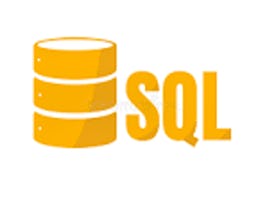This course is aimed at familiarizing Data and Business professionals with the basic concepts of statistical analysis and methods used for data-driven decision-making.
After completing this course, you will be able to apply descriptive and inferential analysis methods, use data visualization methods to communicate data, apply concepts of probability in real-life scenarios, and apply regression techniques to predict trends. The course takes a hands-on approach to statistical analysis using Microsoft Excel and uses examples to illustrate the concepts to help you gain the foundational knowledge of statistical techniques needed to solve business intelligence (BI) problems. A hands-on project will provide you an opportunity to apply the concepts to a real-life scenario involving data-driven decision-making and an understanding of basic statistical thinking and reasoning. This course is suitable for professionals or students who aspire to embark on a career in the BI or Data Analytics fields by equipping them with the crucial skills and knowledge in statistical analysis. It is expected that learners be familiar with Excel/spreadsheet basics and high school mathematics prior to starting this course.




















